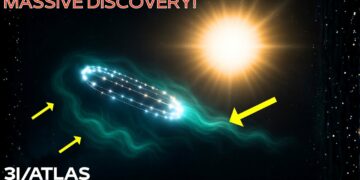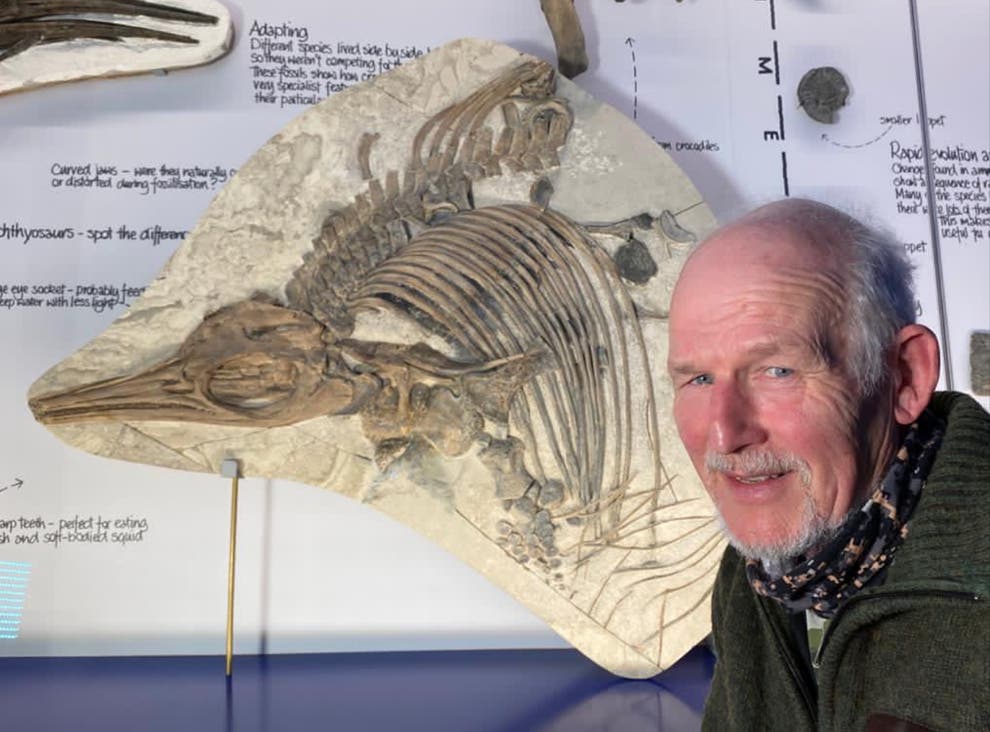Harvard Astrophysicist Warns: “This May Not Be Natural”
By Elena Vasquez, Senior Science Correspondent
CAMBRIDGE, Mass. — A massive interstellar object designated 3I/Atlas executed an inexplicable 287% velocity increase on October 31, sending shockwaves through the global astronomical community and reigniting debates over extraterrestrial technology.
The object—first detected in mid-2024 and classified by NASA as a comet—accelerated within hours of its solar perihelion, exhibiting what tracking systems logged as non-gravitational propulsion. No known natural mechanism accounts for the maneuver.
Unprecedented Scale and Precision
Measuring over 5 kilometers in diameter, 3I/Atlas is:
- 1,000 times more massive than 2I/Borisov (2020)
- Nearly one million times heavier than 1I/‘Oumuamua (2017)
Its hyperbolic trajectory entered the solar system within 5° of the ecliptic plane—a statistical improbability estimated at 1 in 500—and is timed for:
- Mars proximity: October 2, 2025
- Jupiter alignment: March 2026
Chemical Red Flags
Spectral data reveal:
- Water vapor <4% by mass (comets typically >40%)
- Nickel-dominant emissions with near-absent iron—a ratio mirroring terrestrial spacecraft alloys
Dr. Avi Loeb, Frank B. Baird Jr. Professor of Science at Harvard and director of the Institute for Theory and Computation, told The Gazette:
“The chemistry, trajectory, and timing violate every natural model. This object is either the most improbable comet in history—or it is not a comet at all.”
The Halloween Event
On October 31 at 02:14 UTC, ground stations recorded a velocity spike from 28 km/s to 81 km/s in under six hours.
- No gravitational assist from nearby bodies
- No detectable outgassing sufficient to explain thrust
- Post-maneuver trajectory: a textbook solar gravitational slingshot
The surge occurred 48 hours after perihelion—precisely the window Loeb had flagged on October 15 as a “critical decision point for any engineered craft.”
NASA’s Restrained Response
A NASA spokesperson issued a terse statement November 1:
“3I/Atlas exhibits standard non-gravitational acceleration consistent with cometary activity.”
However, the agency has withheld high-resolution imagery from the Mars Reconnaissance Orbiter’s HiRISE camera, captured October 18. Internal sources confirm the frame is fully processed but remains unreleased pending “interagency review.”
Adaptive Behavior?
Independent observatories report:
- Rhythmic thermal pulses every 10 hours post-acceleration
- Nickel emissions that decreased after public scrutiny, then rebalanced to mimic natural comets
- Polarization anomalies suggesting reflective metallic surfaces
Loeb’s team at the Harvard-Smithsonian Center for Astrophysics interprets the pattern as “adaptive concealment”—a deliberate strategy to evade classification.
Security Implications
The Department of Defense has quietly activated Space Domain Awareness protocols, running impact-probability simulations despite 3I/Atlas’s trajectory posing no immediate threat.
A senior Pentagon official, speaking anonymously, said:
“We prepare for asteroids. This doesn’t behave like one.”
Public Reaction
Social media erupted after Loeb’s October 22 advisory to “consider travel plans before October 29.” Misinterpreted as a doomsday warning, the statement fueled viral memes and brief panic-buying of telescopes.
Loeb clarified in a November 5 op-ed:
“I urged awareness, not fear. If this is technology, perihelion is when it would reveal intent.”
What Happens Next?
As 3I/Atlas recedes toward Jupiter, its signal has faded to intermittent optical pulses—too regular for noise, too faint for communication.
The scientific community awaits:
- James Webb Space Telescope observations (scheduled December 2025)
- Delayed MRO imagery (FOIA requests pending)
- Potential course correction near Jupiter in 2026
The Bottom Line
For now, 3I/Atlas remains officially “a large cometary body.”
But in labs from Cambridge to Canberra, one question dominates:
Are we witnessing the first confirmed artifact of nonhuman origin—or the most extraordinary coincidence in cosmic history?























